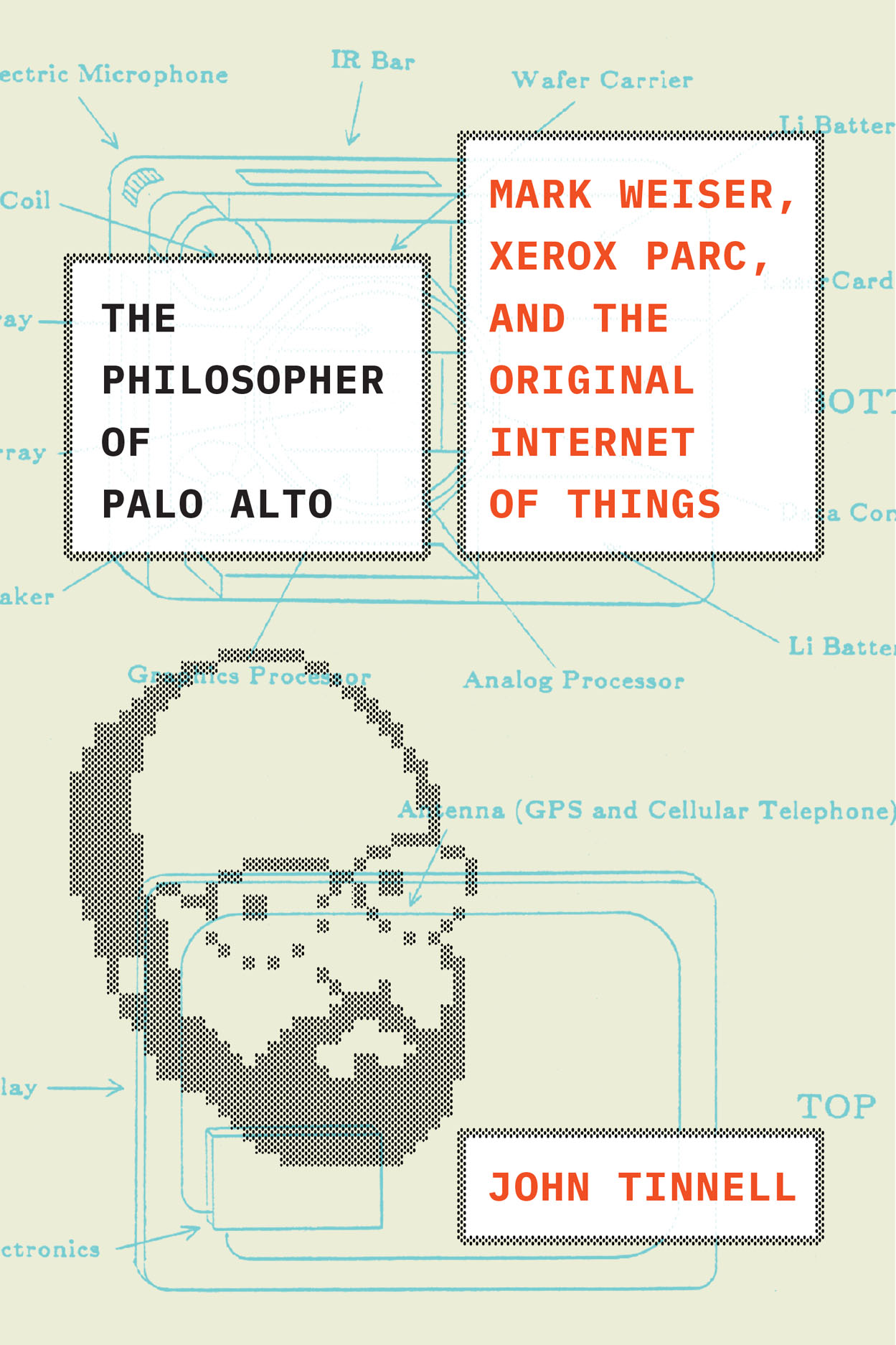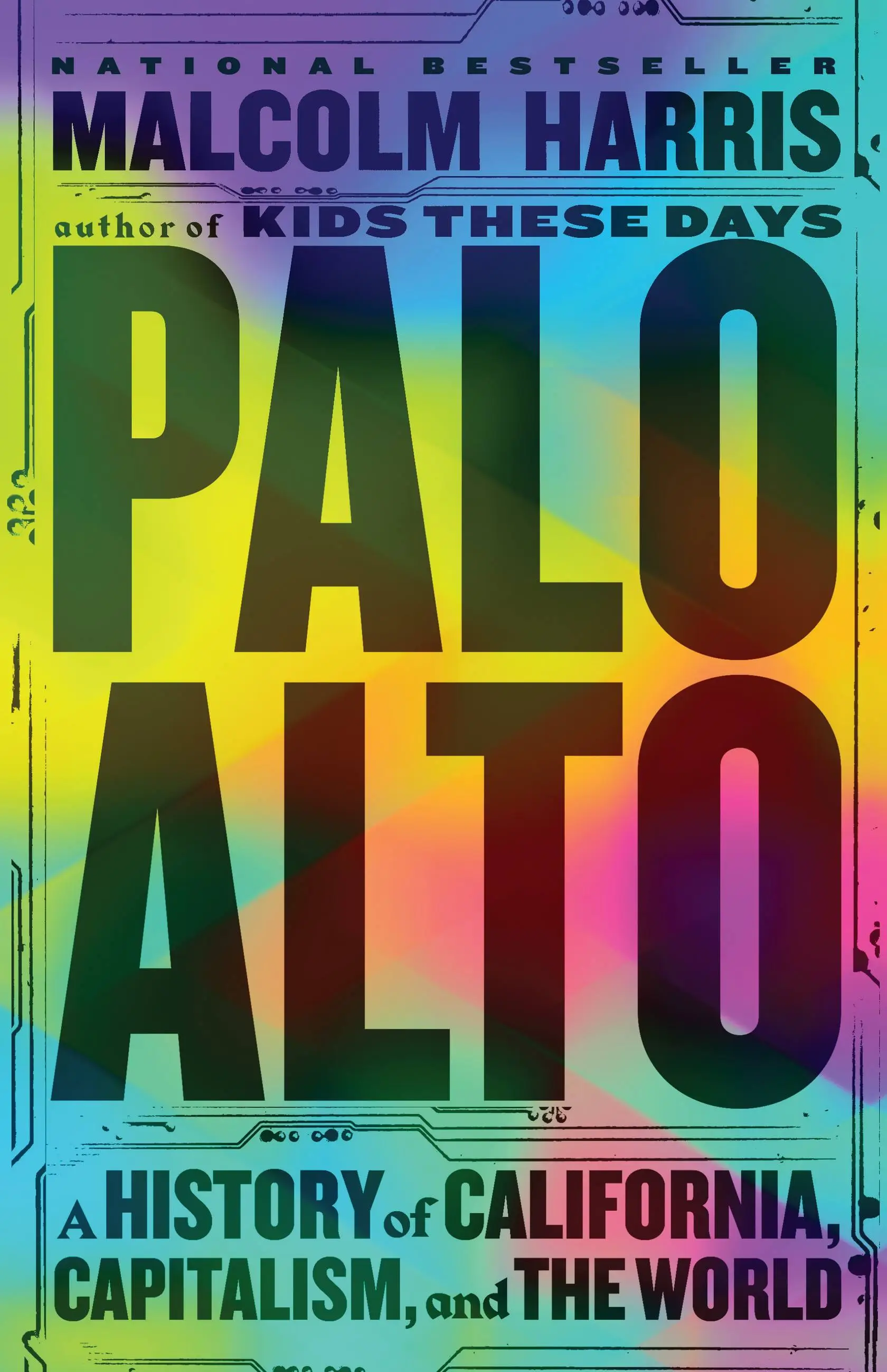Before California was a place, it was an idea. A rocky island, inhabited by Black women, filled with gold—this was the first California, as imagined in Las Sergas de Esplandián, a popular Spanish novel published in 1510. Some years later, Spanish settlers gave the same name to a section of the Pacific coast. For centuries they thought it, too, was an island.
We don’t know for sure whether the first California inspired the second, but it would be fitting. If there were ever a spot on earth that deserved to be named for somewhere imaginary, California is it. The region has always served as a powerful stimulant for the imagination, which in turn has helped propel its development. The dream of Gold Rush riches spurred large-scale white settlement starting in 1848. The dream of middle-class stability drew hundreds of thousands of Black people to the state’s defense plants nearly a century later, during World War II. Neither dream found much fulfillment, but dreams don’t have to come true to have an effect. In California, fantasy is a factor of production.
Today the wealthiest part of California is Santa Clara County, which makes up most of Silicon Valley. Geographically the valley is unremarkable, a corridor of boring towns at the southern end of the San Francisco Bay Area. Yet within this suburban wasteland, Californians have constructed the most efficient capital-accumulation machine in history.
Its roots lie in radio. In the first decades of the twentieth century the area became an early electronics hub. Then, in the postwar period, the insatiable computing demands of the Pentagon, along with the invention of the transistor and the integrated circuit, enabled a semiconductor industry to sprout in the orchards around Stanford. In the 1980s and 1990s investment migrated from chips to personal computers and the Internet. Modern start-up culture was born, supercharged by Silicon Valley’s venture capital firms. Serious fortunes were made, and the valley overtook its rivals to become the global epicenter of high technology. Today it is home to four of the ten biggest companies in the world by market capitalization: Apple, Alphabet (Google), Nvidia, and Meta (Facebook).
In the valley, money begets money with an ease that would make Andrew Carnegie weep. Its secret to success, the scholar AnnaLee Saxenian has argued, is not the dominance of any single firm but the density of the area’s social and professional networks. These networks link founders, engineers, lawyers, venture capitalists, and Stanford kids in an insular ecology characterized by what Saxenian calls a “complex mix of social solidarity and individualistic competition.” In Silicon Valley you get the sense that, while everyone wants to win, at some level they’re all playing for the same team.

